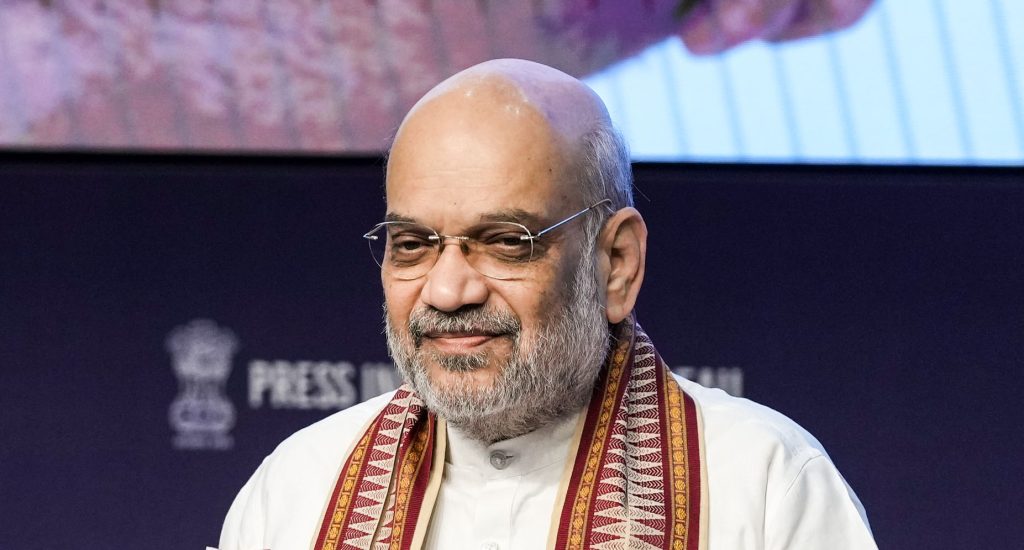Context:
Recently, the Union Minister of Cooperation launched the standard operating procedures (SOP) for ‘White Revolution 2.0’, aimed at empowering women farmers and creating job opportunities.
More on the News
- The Cooperation Minister also launched the ‘Margdarshika’ (standard operating procedure) for the formation and strengthening of 2 lakh new Multipurpose Primary Agriculture Cooperative Societies (MPACS), Dairy and Fishery Cooperatives.
- Also, a SOP for ‘Cooperation among Cooperatives’ was released. Under this, bank accounts of all the institutions of the cooperative sector are being opened in the cooperative banks.
- Focus Areas of White Revolution 2.0: The programme focuses on four key areas – empowering women farmers, enhancing local milk production, strengthening dairy infrastructure and boosting dairy exports.
- Aim: It aims to increase milk procurement led by cooperatives from 660 lakh litres per day in 2023-24 to 1,000 lakh litres by 2028-29.
- The Minister also launched the nationwide rollout of RuPay Kisan Credit Cards for dairy farmers and the installation of micro-ATMs at dairy cooperative societies.
White Revolution 1.0
- The White Revolution 1.0, also known as Operation Flood, was launched in 1970.
- Dr Verghese Kurien is known as the father of the White Revolution in India
- Operation Flood was launched in three phases:
- Phase I (1970–1980) was financed by the sale of skimmed milk powder and butter oil donated by the European Union (then the European Economic Community) through the World Food Program.
- Phase II (1981–1985) increased the number of milk-sheds from 18 to 136; urban markets expanded the outlets for milk to 290. By the end of 1985, a self-sustaining system of 43,000 village cooperatives was covered.
- Phase III (1985–1996) enabled dairy cooperatives to expand and strengthen the infrastructure required to procure and market increasing volumes of milk. This phase added 30000 new dairy cooperatives which led to 73000.
India’s Current Milk Status
- In India, dairy is the single largest agricultural commodity, contributing 5% to the national economy and directly employing more than 8 crore farmers.
- India is the largest milk-producing country in the world, contributing 25% to the world’s total milk output.
- However, India has low Milk productivity as compared to Western countries.
- The average yield is, however, only 8.55 kg per animal per day for exotic/ crossbred animals, and 3.44 kg/ animal/ day for indigenous/ nondescript animals.
- The per capita availability of milk in India stands at 459 grams per day for 2022-23, significantly higher than the global average of 322 grams per day as reported in the Food Outlook June 2023.
- As per the Basic Animal Husbandry Statistics (BAHS) 2023, the top five milk-producing states are UP (15.72%), Rajasthan (14.44%), Madhya Pradesh (8.73%), Gujarat (7.49%), and Andhra Pradesh (6.70%), which together contribute 53.08% of the country’s total milk production.

